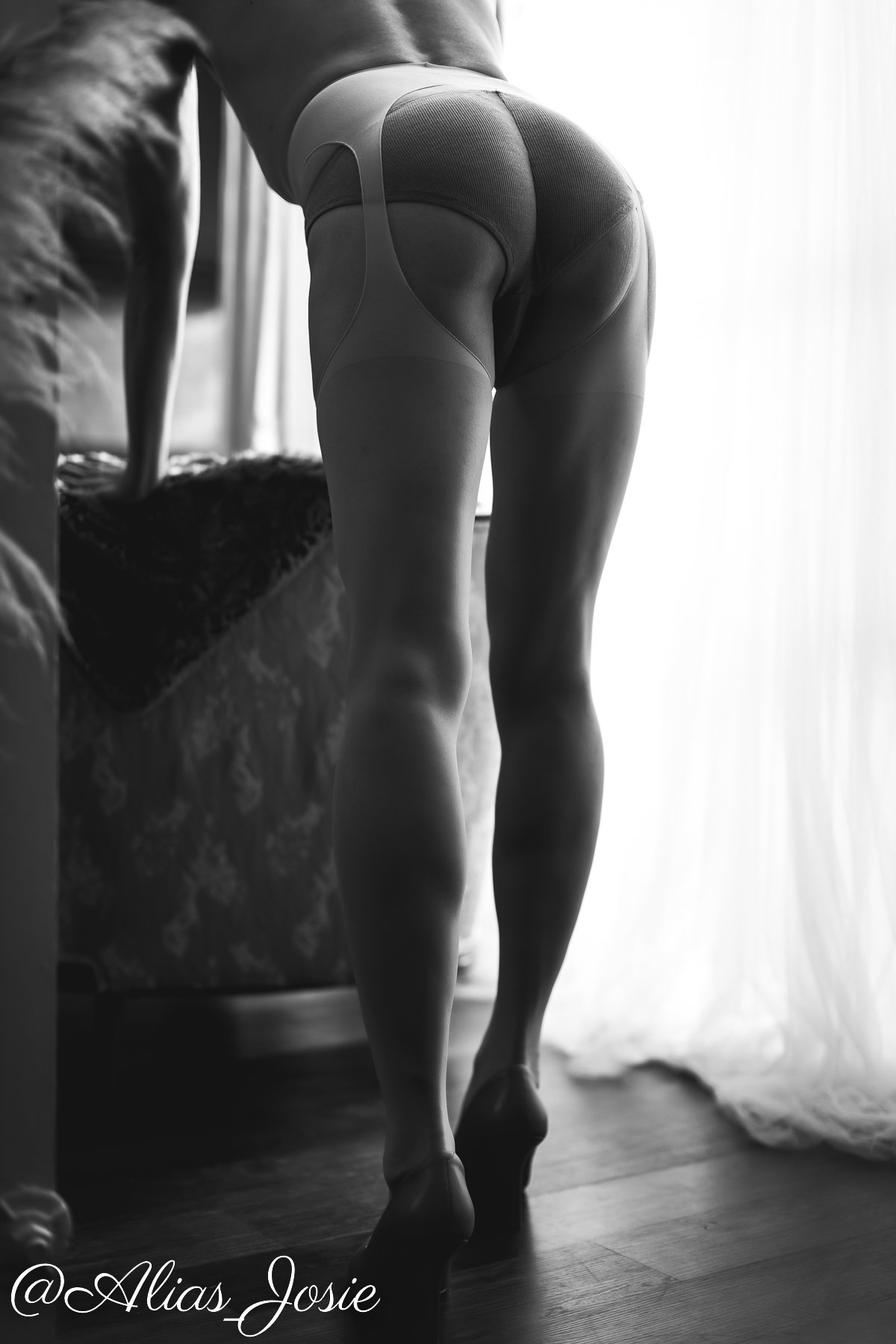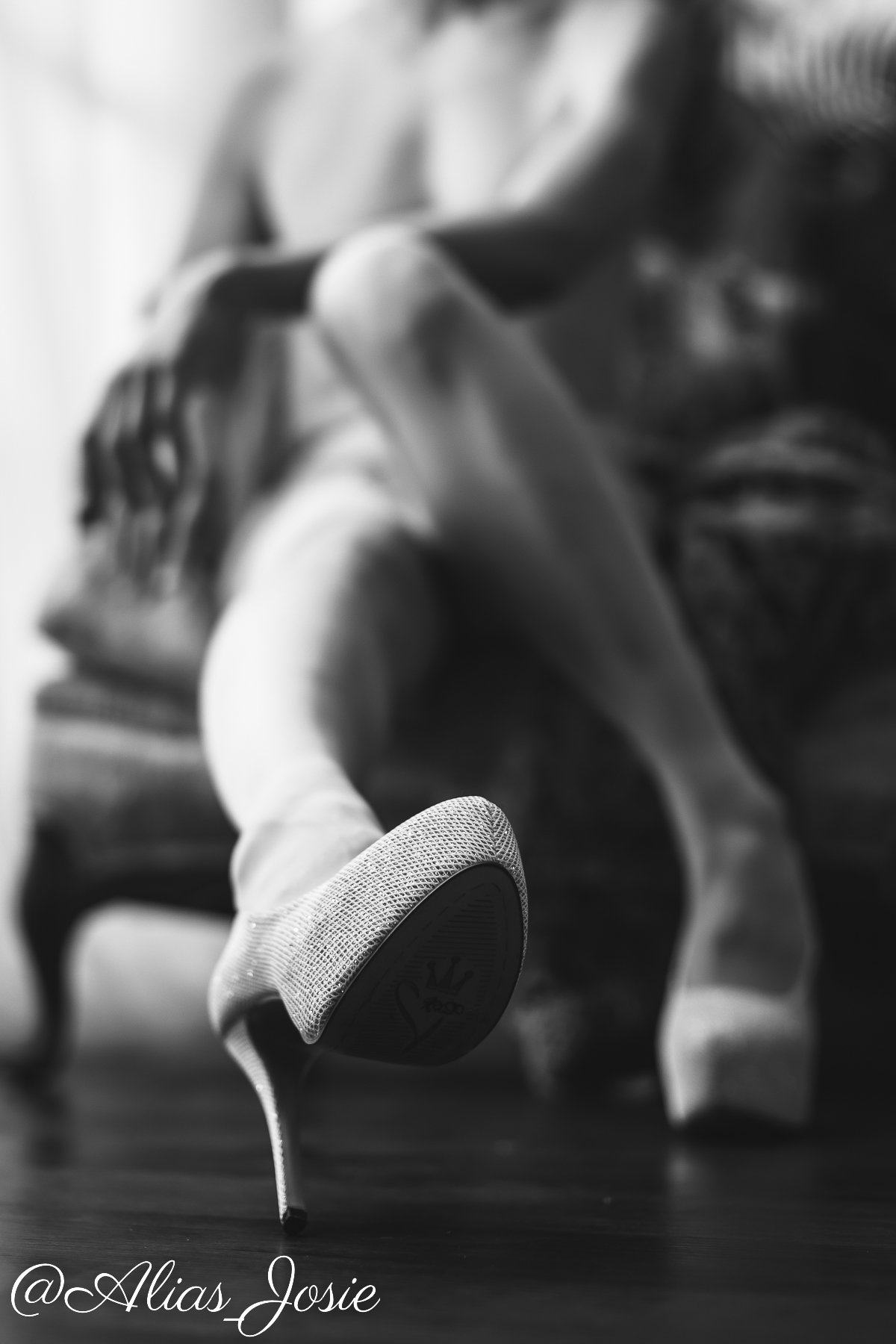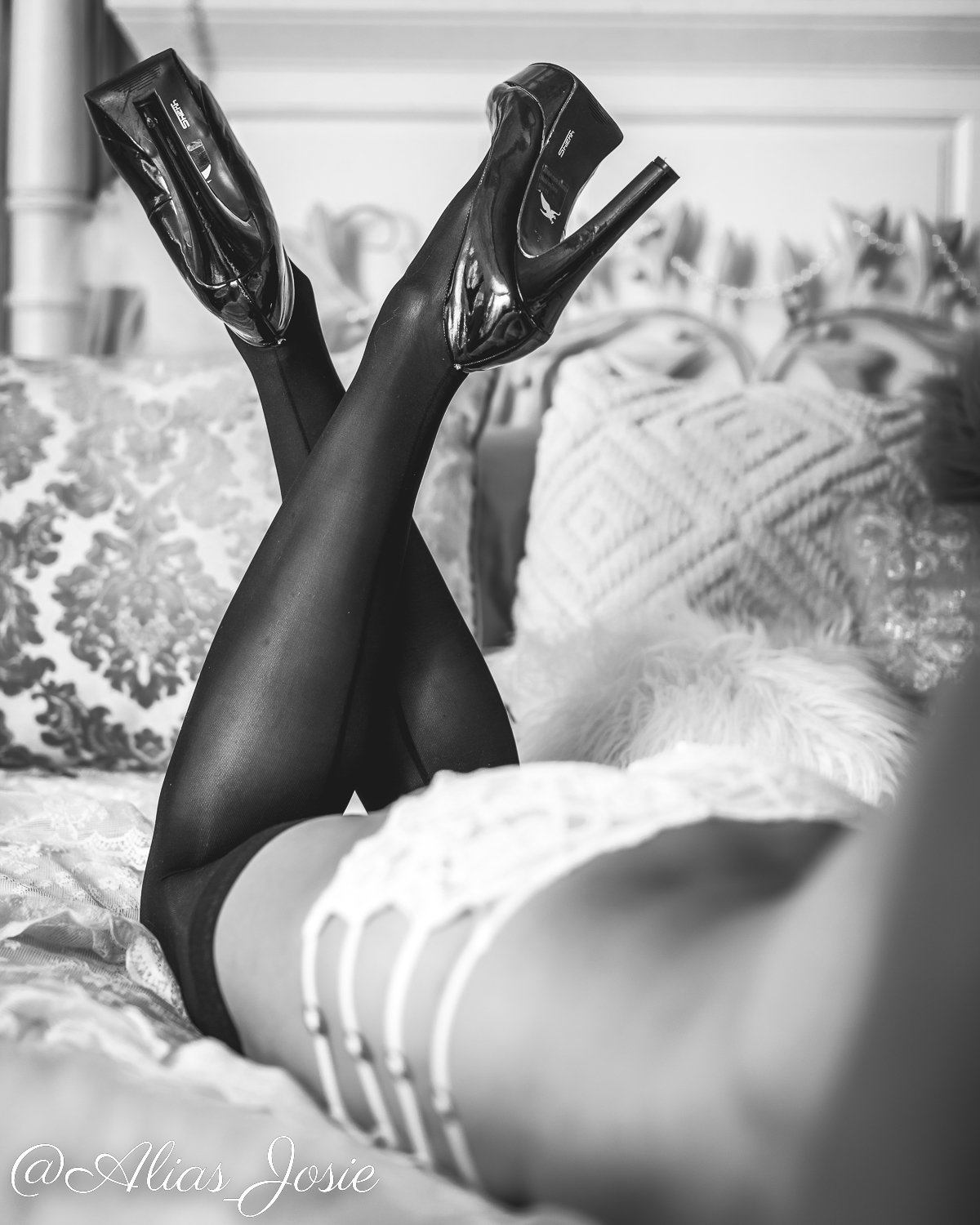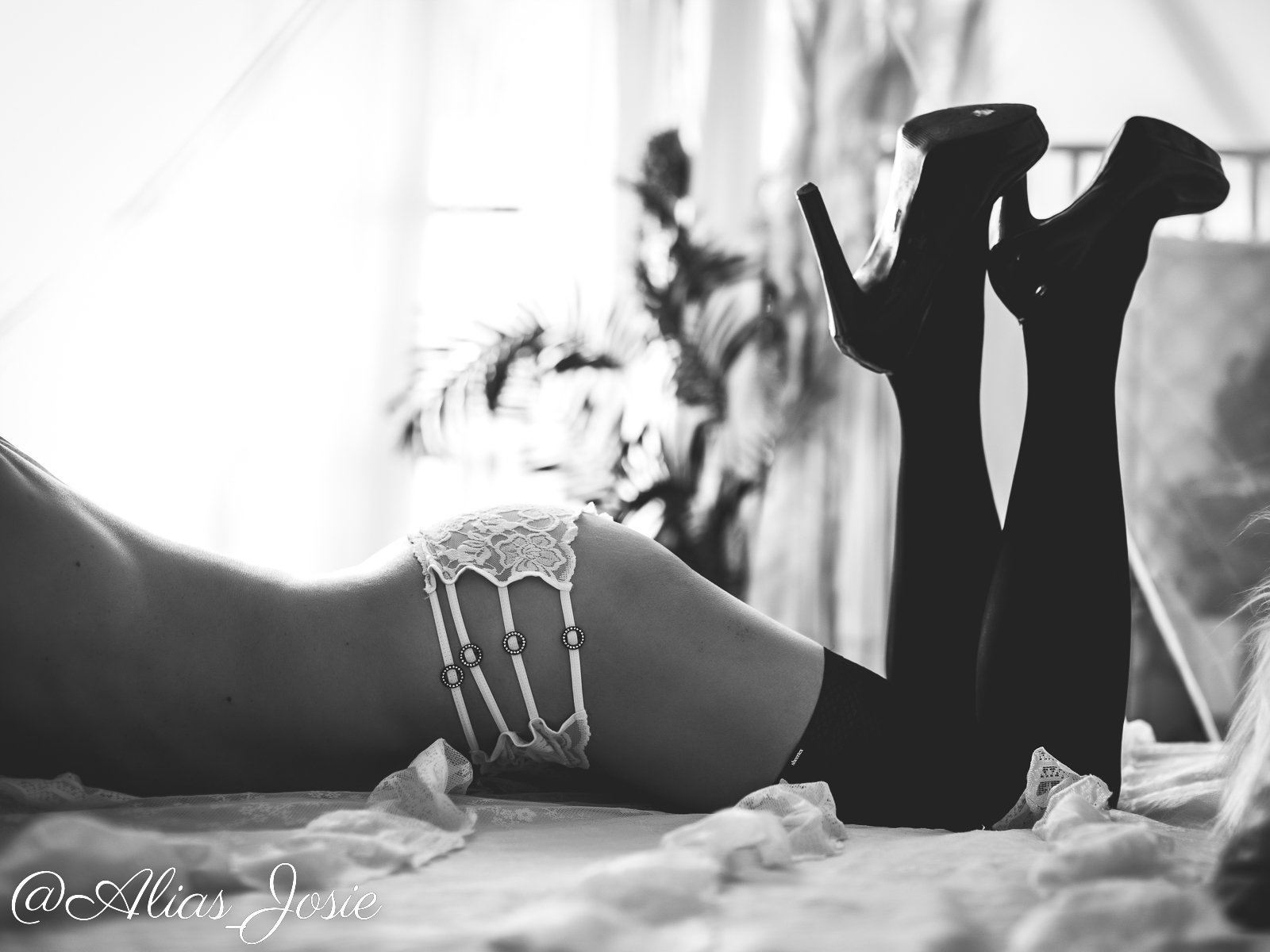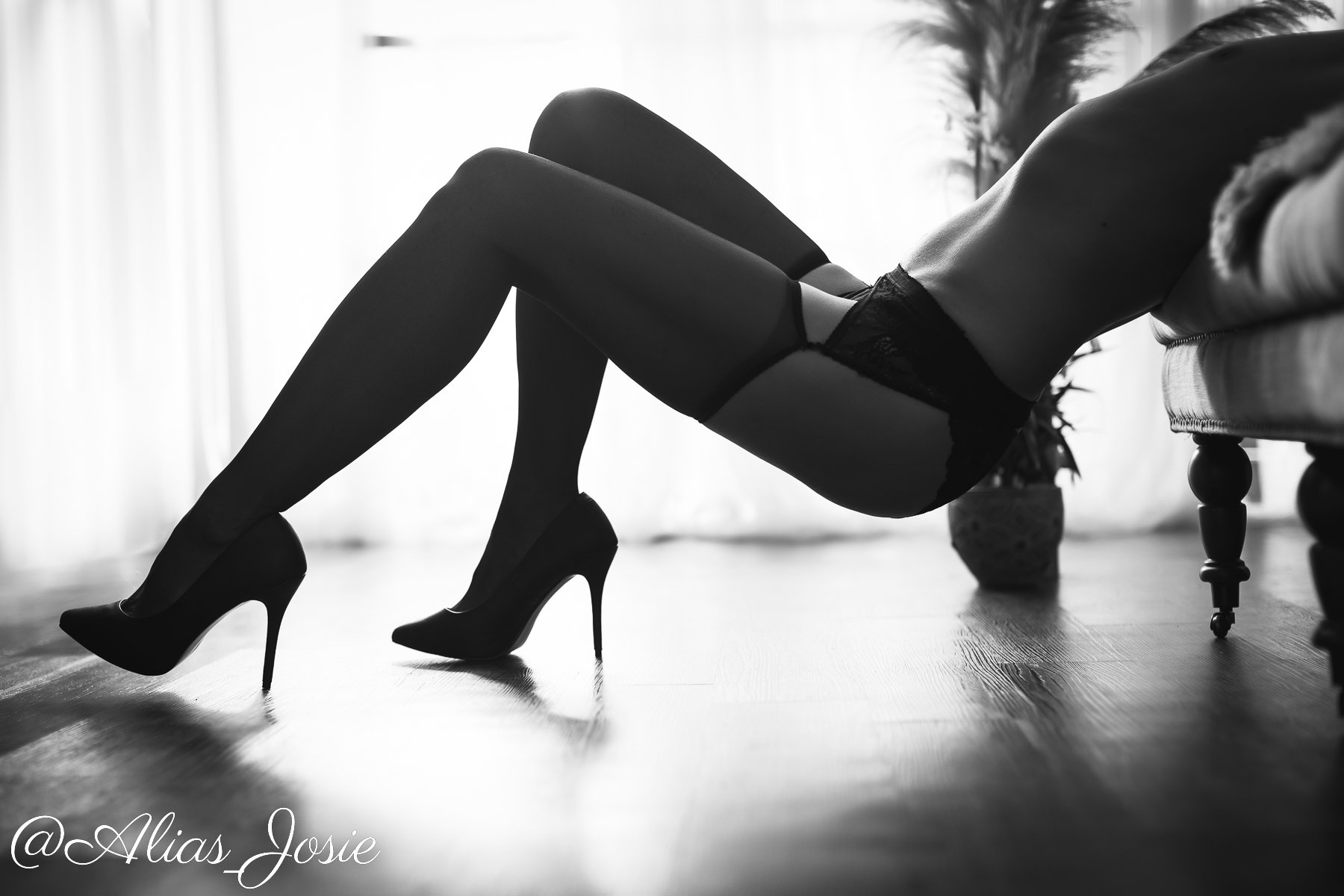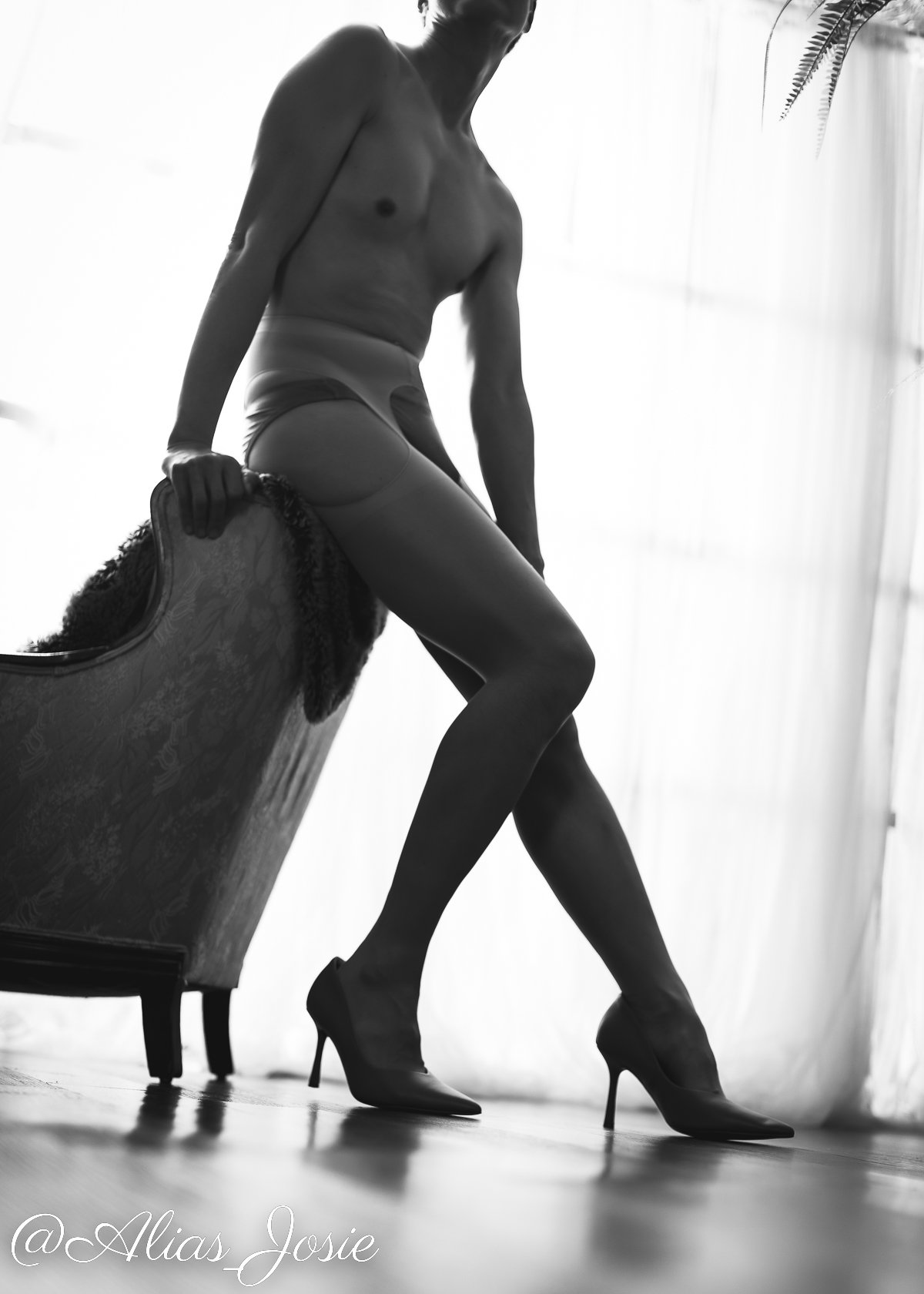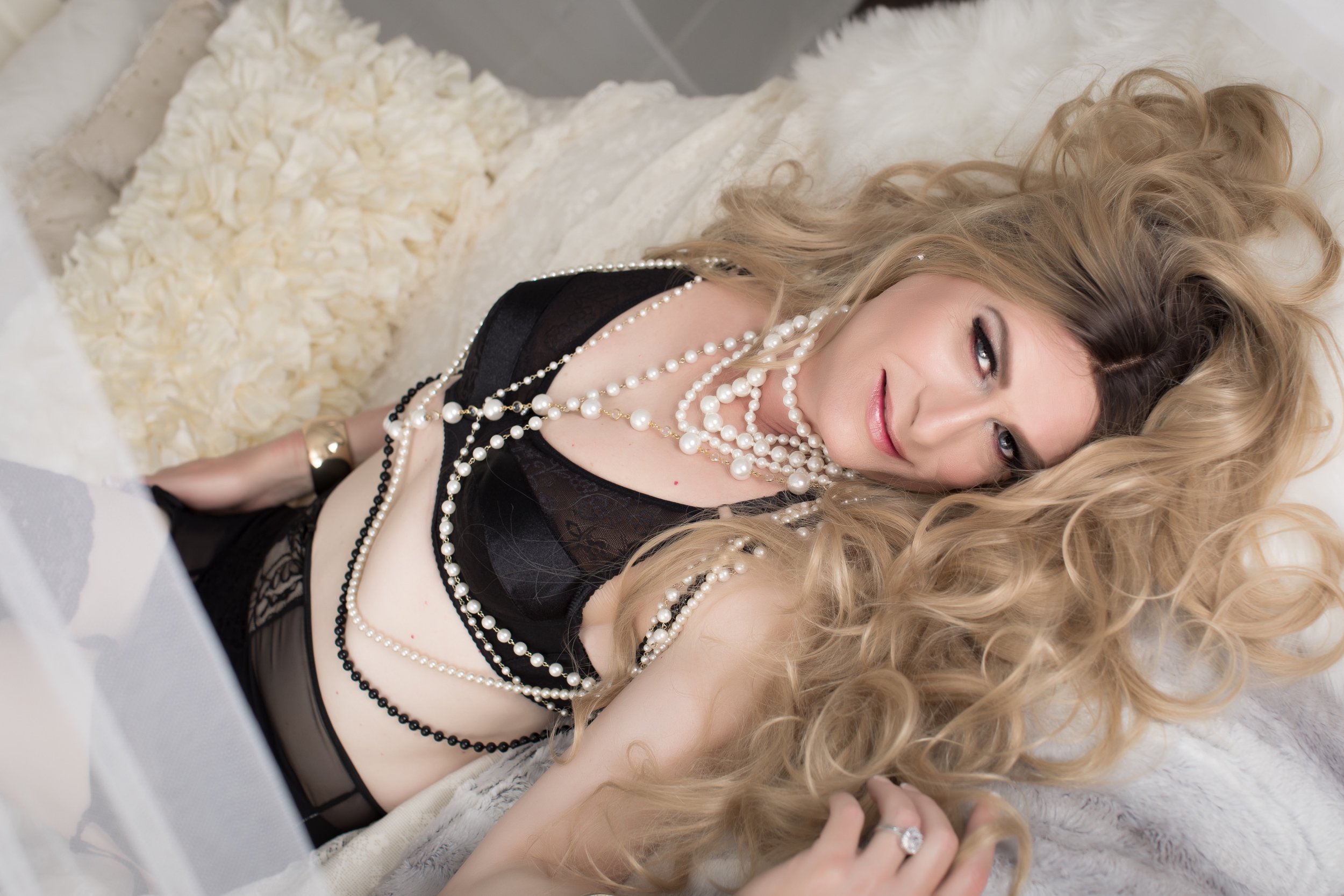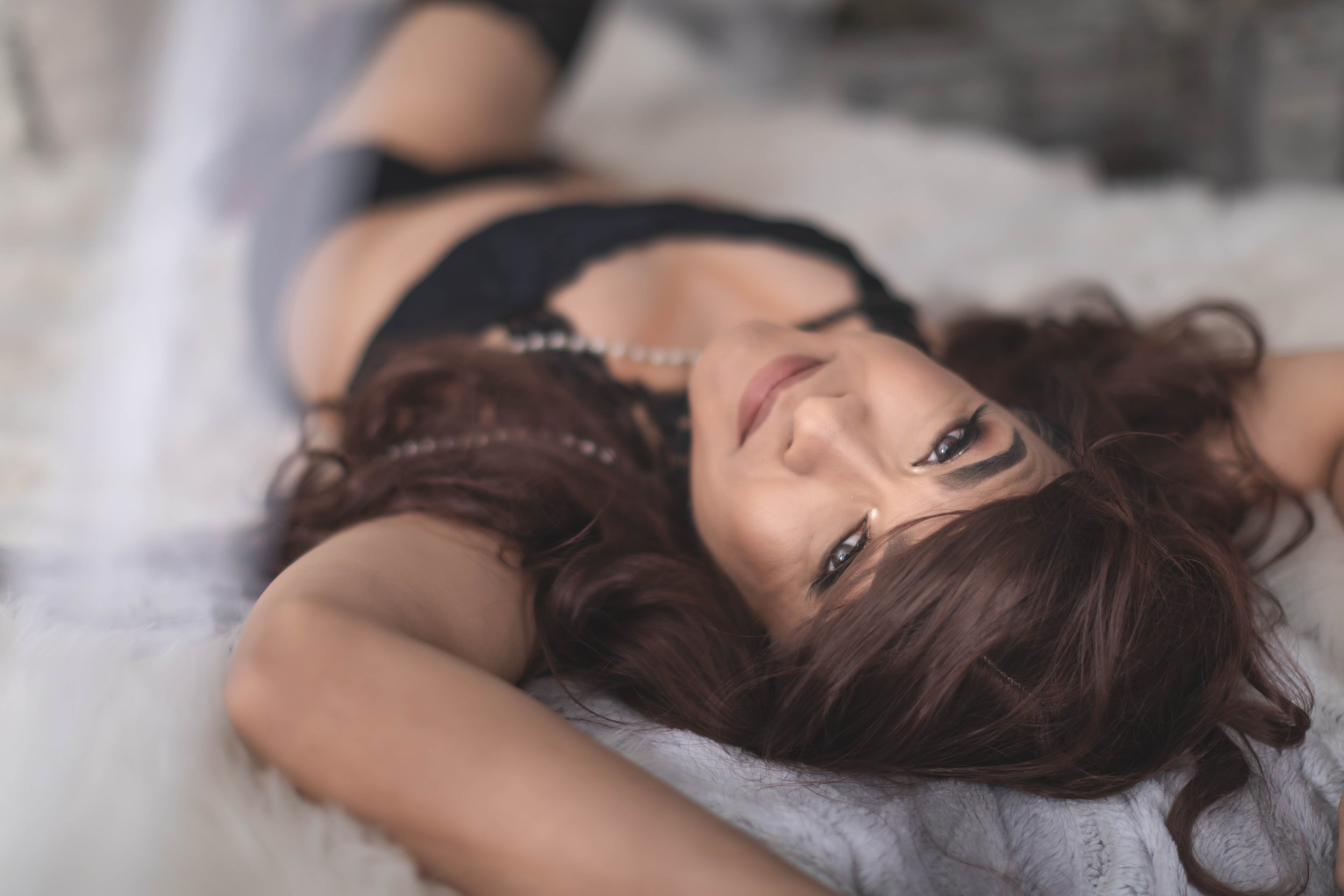Let's talk about cross dressing...
Here at Alias Josie, we have been have been offering “Transformation” photo shoots for many years now. These usually involve cis men, that like to dress in women’s attire. We do full makeovers, including hair and makeup. I had a consultation with a client the other day (before his photo shoot). I was made aware of something in the cross dressing community that I did not previously know about:
There are various forms of cross dressing, including those who may only dress in clothing traditionally associated with the opposite gender from the waist down. This is known as "bottom only" cross dressing, and it is another way that some individuals choose to express themselves.
As I learn more, working intimately with members of the community, I recognize the lack of understanding the rest of society may have. This has inspired me to share what I have learned so far…
Recently, a client contacted me about a photo shoot. He said he has had an interesting kink his whole life, and boudoir photos were a way for him to accept and celebrate this part of his identity. He was a “bottom only” cross dresser. This is the first time I had been introduced to this style of cross dressing. Just a reminder.. not everyone fits neatly into “the standard boxes”! And doesn't he look Amazing? I mean legs for days!
There are various forms of cross dressing,
Cross dressing is not the same as being transgender. Cross dressing is not necessary “drag” either...
One thing to understand is that there is no one "right" way to cross dress, and each individual's experience and expression may differ. Some may find it to be a way to explore their gender identity, while others may do it for fun or as a way to express themselves artistically. As I explain some basic variations please keep in mind there may be some over lap. Some individuals may fall in multiple categories.
Despite the common misconception that cross dressing is only associated with the LGBTQ+ community, many straight men also engage in this behavior. In fact, a Glamour survey found that approximately 56% of male cross dressers identified as heterosexual. However, many men may feel shame or embarrassment about their desire to cross dress due to societal stigmas and prejudices.
It's important to note that cross dressing is not the same as being transgender. Transgender individuals identify with a gender that is different from the sex they were assigned at birth. Cross dressers, on the other hand, typically do not identify as a different gender but may enjoy the freedom and expression that comes with wearing different types of clothing.
Cross dressing is not necessary “drag” either. While both drag and cross dressing involve playing with gender and clothing, drag is primarily a form of entertainment Drag performers often create elaborate and glamorous personas, and their performances often involve lip syncing, comedy, and dancing. Cross dressing, on the other hand, involves individuals dressing up in clothing associated with the opposite gender for personal expression or as a form of identity exploration. Cross dressers may do this in private or in public, but it is not necessarily a performance for others
Promoting understanding can help to reduce the stigma..
and create a more inclusive society where individuals are free to express themselves in their own unique ways.
As I mentioned before, not everyone fits only one description. Some people may be transgender and crossdress, With or without having had gender re-assignment surgery. Some drag performers may dress less theatrically as well at times. Some cross dressers take great care to pass as opposite gender in public, some never go in public. Some of my clients have a female name they prefer to be called by when they “dress”, others do not care.
My point is, EVERYONE IS WELCOME HERE! It is important that every individual feels comfortable expressing themselves in ways that feel authentic to them, without fear of judgment or prejudice. In my studio we promote acceptance and understanding. I hope this information can help to reduce the stigma surrounding cross dressing, and create a more inclusive society. Most importantly, I will continue to keep a space where individuals are free to express themselves in their own unique ways.

